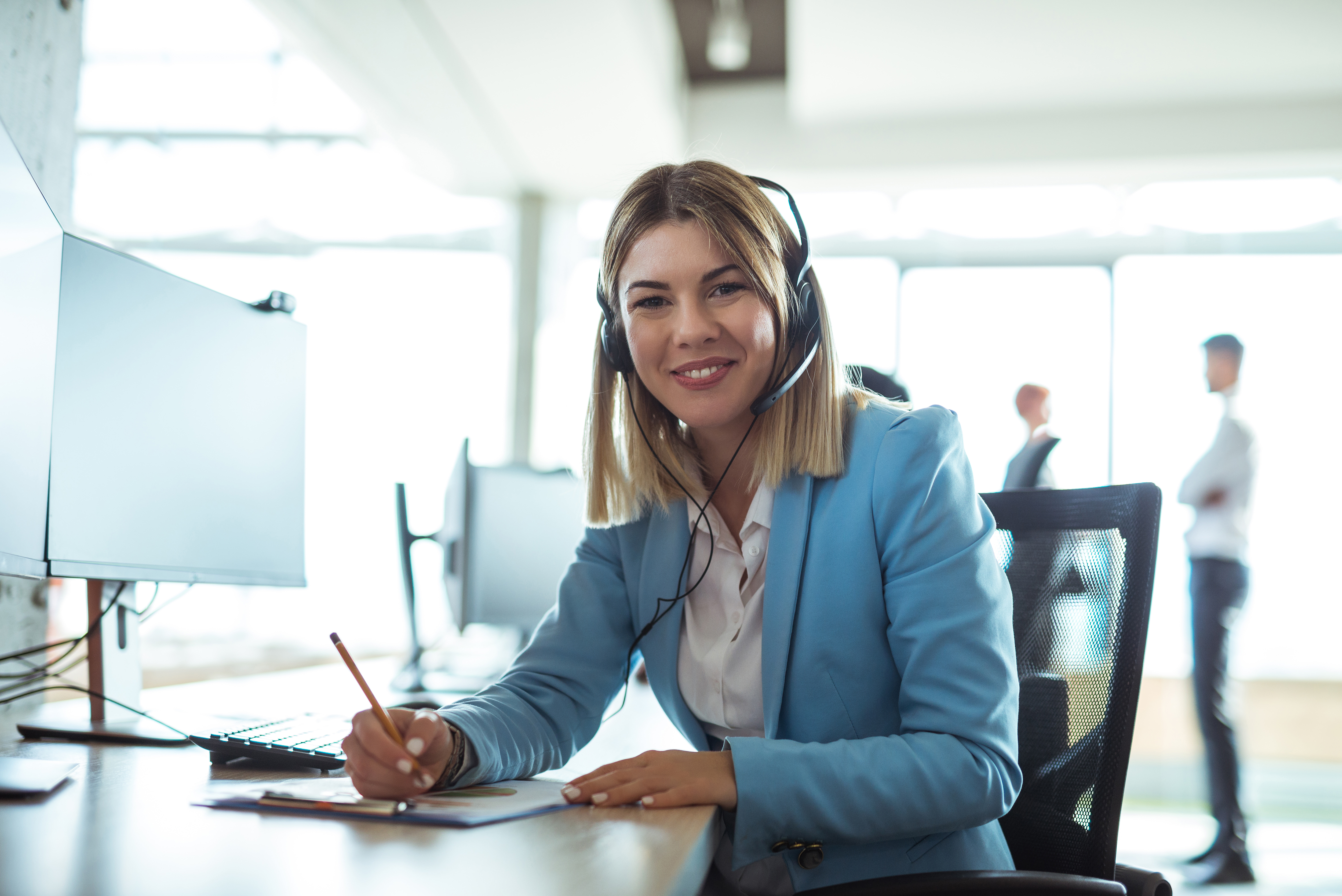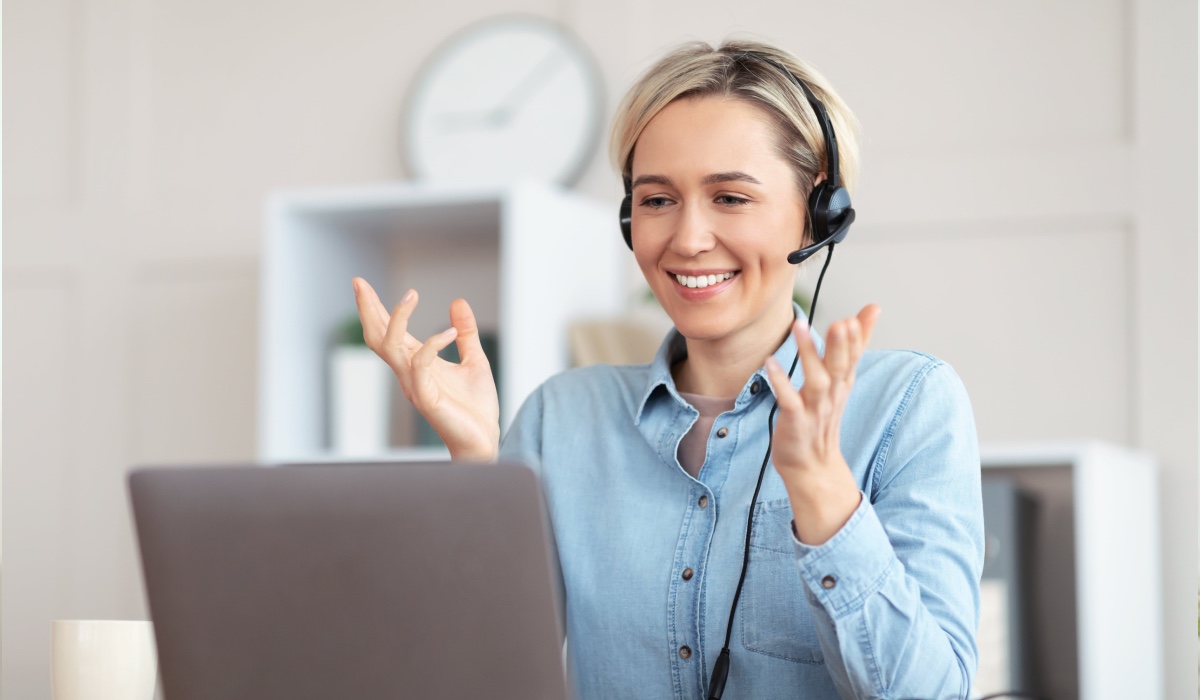All Categories
Featured
Table of Contents
- – Which Is Best Live Call Answering - Virtual Rec...
- – Which Is The Best Telephone Answering Service ...
- – Who Makes The Best Virtual Receptionist & Phon...
- – Best What Are Call Answering Services? - Expl...
- – What Is The Best What Is An Answering Service...
- – What Is The Best What Is An Answering Servic...
Which Is Best Live Call Answering - Virtual Reception Brand
This gadget and its followers were designed by Sava Jacobson, an electrical engineer with a private consulting company. While early answering machines utilized magnetic tape innovation, many contemporary equipment utilizes solid state memory storage; some devices use a mix of both, with a solid-state circuit for the outbound message and a cassette for the incoming messages.
"toll conserving" listed below) (business call answering service). This is beneficial if the owner is evaluating calls and does not want to consult with all callers. In any case after going, the calling celebration should be notified about the call having actually been addressed (for the most part this begins the charging), either by some remark of the operator, or by some welcoming message of the TAD, or dealt with to non-human callers (e.
This holds specifically for the Littles with digitally saved welcoming messages or for earlier machines (prior to the rise of microcassettes) with an unique unlimited loop tape, separate from a 2nd cassette, devoted to recording. There have been answer-only devices without any recording capabilities, where the welcoming message had to notify callers of a state of present unattainability, or e (phone call answering).
Which Is The Best Telephone Answering Service Sydney - Virtual Office Sydney Company

about availability hours. In taping TADs the greeting generally includes an invitation to leave a message "after the beep". An answering machine that uses a microcassette to tape messages On a dual-cassette answerphone, there is an outbound cassette, which after the defined variety of rings plays a pre-recorded message to the caller.
:max_bytes(150000):strip_icc()/how-to-answer-the-phone-properly-2947153-5bd5229bcf254db794ebd49e2ba1652f.png)
Single-cassette voice mail consist of the outbound message at the beginning of the tape and incoming messages on the remaining area. They first play the announcement, then fast-forward to the next readily available space for recording, then tape-record the caller's message. If there are lots of previous messages, fast-forwarding through them can trigger a significant hold-up.
This beep is typically described in the greeting message, requesting that the caller leave a message "after the beep". Little bits with digital storage for the tape-recorded messages do disappoint this delay, of course. A TAD might provide a push-button control center, whereby the answerphone owner can ring the home number and, by going into a code on the remote telephone's keypad, can listen to tape-recorded messages, or delete them, even when far from home.
Who Makes The Best Virtual Receptionist & Phone Answering Services Australia

Therefore the machine increases the number of rings after which it responds to the call (usually by 2, leading to 4 rings), if no unread messages are presently saved, however answers after the set variety of rings (typically 2) if there are unread messages. This enables the owner to discover out whether there are messages waiting; if there are none, the owner can hang up the phone on the, e.
Some devices also allow themselves to be from another location triggered, if they have actually been switched off, by calling and letting the phone ring a specific large number of times (typically 10-15). Some company abandon calls currently after a smaller sized number of rings, making remote activation impossible. In the early days of TADs an unique transmitter for DTMF tones (dual-tone multi-frequency signalling) was regionally needed for push-button control, because the previously used pulse dialling is not apt to convey appropriate signalling along an active connection, and the dual-tone multi-frequency signalling was carried out stepwise.
Any inbound call is not recognizable with respect to these homes in advance of going "off hook" by the terminal equipment. So after going off hook the calls need to be changed to appropriate devices and only the voice-type is immediately accessible to a human, but perhaps, nonetheless need to be routed to a LITTLE (e.
Best What Are Call Answering Services? - Explained
What if I informed you that you do not have to actually pick up your device when answering a client call? Somebody else will. So practical, best? Addressing call does not need someone to be on the other end of the line. Efficient automated phone systems can do the technique simply as effectively as a live representative and often even much better.
An automated answering service or interactive voice action system is a phone system that communicates with callers without a live person on the line - phone answering. When companies utilize this technology, clients can get the response to a concern about your company just by utilizing interactions established on a pre-programmed call circulation.
Although live operators update the client service experience, many calls do not require human interaction. An easy documented message or instructions on how a consumer can obtain a piece of details typically fixes a caller's instant requirement - business call answering service. Automated answering services are a simple and effective way to direct inbound calls to the best individual.
What Is The Best What Is An Answering Services & How Does It Work??
Notice that when you call a business, either for assistance or product inquiry, the very first thing you will hear is a pre-recorded voice greeting and a series of alternatives like press 1 for client service, press 2 for questions, and so on. The pre-recorded options branch off to other options depending on the client's choice.
The phone tree system assists direct callers to the right individual or department utilizing the keypad on a cellphone. In some instances, callers can utilize their voices. It's worth keeping in mind that auto-attendant options aren't limited to the 10 numbers on a phone's keypad. As soon as the caller has actually selected their very first alternative, you can design a multi-level auto-attendant that utilizes sub-menus to direct the caller to the best type of assistance.
The caller does not need to communicate with a person if the auto-attendant phone system can manage their issue. The automatic service can path callers to an employee if they reach a "dead end" and need help from a live representative. It is costly to work with an operator or executive assistant.
What Is The Best What Is An Answering Service? Out
Automated answering services, on the other hand, are considerably less pricey and offer significant cost savings at approximately $200-$420/month. Even if you don't have actually dedicated staff to manage call routing and management, an automatic answering service enhances performance by permitting your team to concentrate on their strengths so they can more efficiently invest their time on the phone.
A sales lead routed to client service is a lost shot. If a client who has product concerns reaches the wrong department or gets incomplete answers from well-meaning employees who are less trained to handle a specific kind of concern, it can be a cause of aggravation and frustration. An automatic answering system can lessen the number of misrouted calls, therefore helping your employees make better usage of their phone time while freeing up time in their calendar for other tasks.
With Automated Answering Systems, you can create a customized experience for both your staff and your callers. Make a recording of your primary welcoming, and merely upgrade it frequently to reflect what is going on in your organization. You can produce as many departments or menu options as you want.
Table of Contents
- – Which Is Best Live Call Answering - Virtual Rec...
- – Which Is The Best Telephone Answering Service ...
- – Who Makes The Best Virtual Receptionist & Phon...
- – Best What Are Call Answering Services? - Expl...
- – What Is The Best What Is An Answering Service...
- – What Is The Best What Is An Answering Servic...
Latest Posts
Value Virtual Phone Answering Near Me
Answering Services For Small Businesses
Industry-Leading Message Taking Service
More
Latest Posts
Value Virtual Phone Answering Near Me
Answering Services For Small Businesses
Industry-Leading Message Taking Service